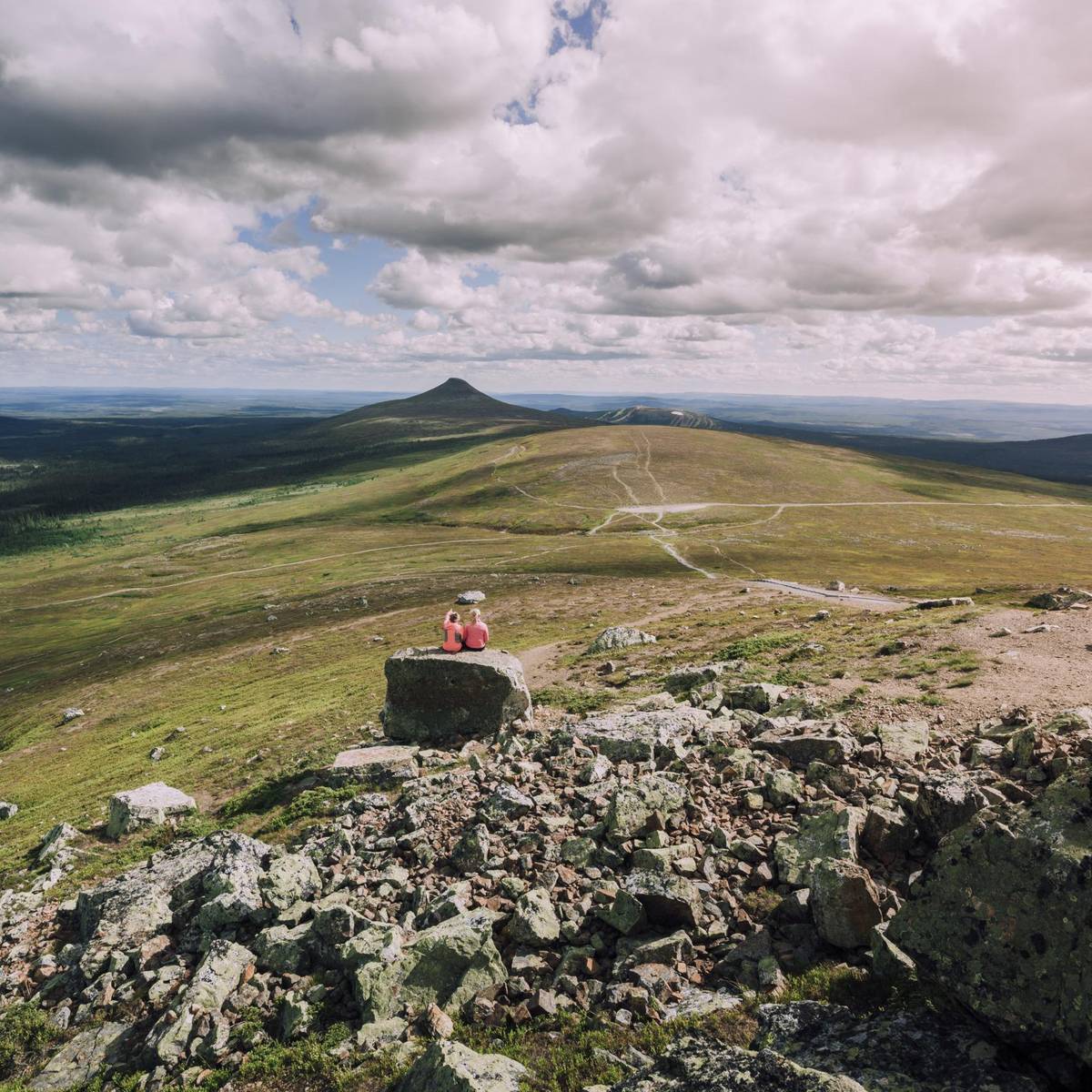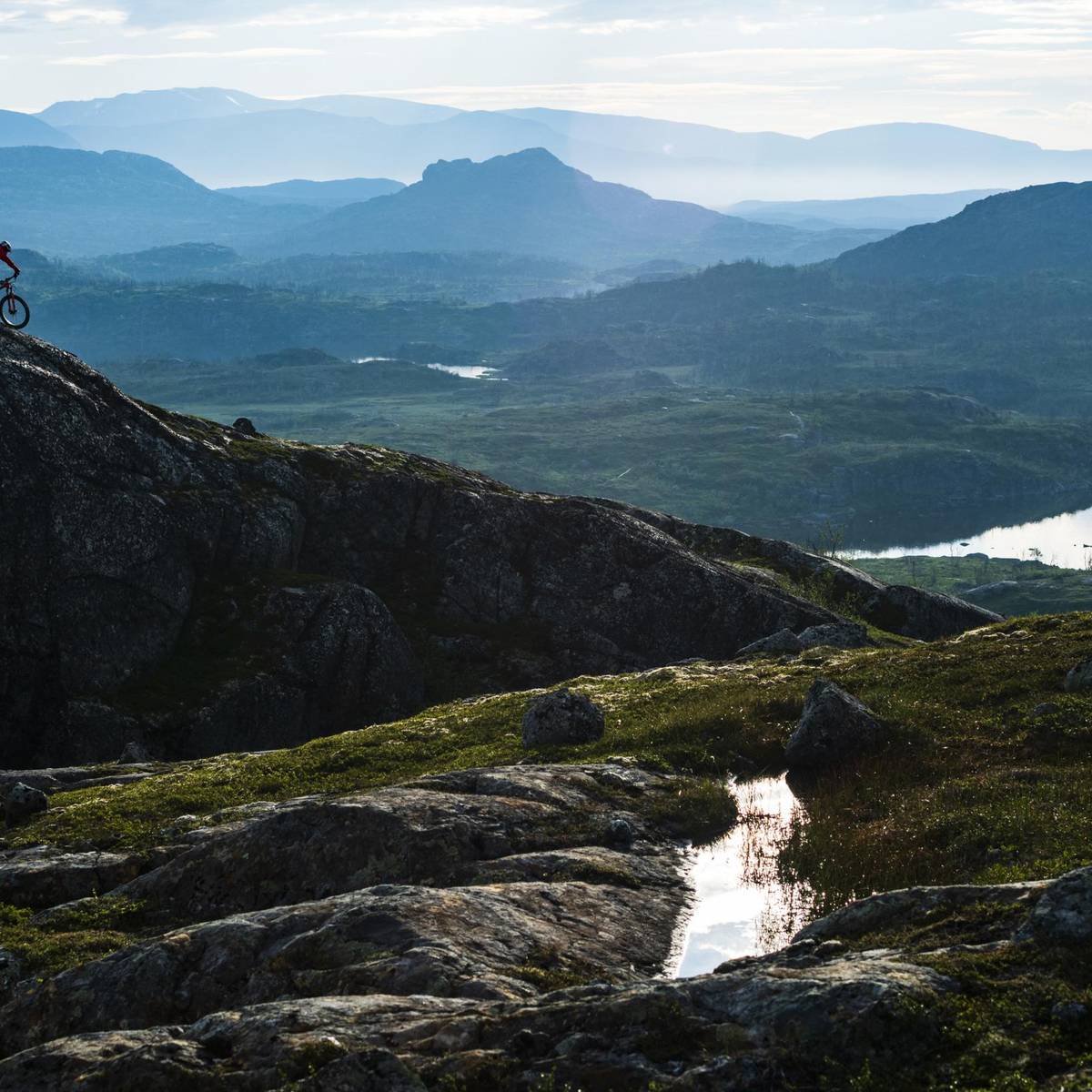Uppsala and Roslagen – hotspots for hiking in middle Sweden
The Linnaeus Trails (Linnéstigarna)
Follow in the footsteps of renowned 18th century botanist and scientist Carl Linnaeus by taking a relaxing hike – suitable for most as the landscape is fairly flat throughout – along the Linneaus Trails. Snaking through Uppsala and its surroundings, including the medieval Gamla Uppsala district, these eight individual trails are inspired by the botanist’s own educational excursions and divided into two themes – “Traditional Herbationes Upsalienses” and the more interactive and child-friendly “Treasure Hunt”. Both will guide you to spots of historical significance, relating to Linnaeus’ life and work. Completing all four of the Traditional Herbationes Upsalienses trails will involve a day’s hiking and you’ll find numerous places to eat along the way. Uppsala is easily accessible by train (operated by SJ) from Stockholm and many other cities across Sweden.
The Uppland Trail (Upplandsleden)
The Uppland Trail covers some 500 kilometres – stretching from lake Mälaren in the south to Dalälven archipelago in the north – encompassing both natural and cultural highlights. Section 11, for instance, starts at the 18th century manor house Gimo Herrgård – now serving as a high-end hotel – and winds its way through idyllic forest and the Aspbo nature reserve before hitting the well-preserved industrial ironwork community Österbybruk. In this fascinating spot you’ll find a range of eateries and accommodation options, including a campsite and the hotel Wärdshuset Gammel Tammen. This section’s difficulty level is rated medium due to its forest path inclusion so make sure to wear comfortable hiking boots. You’ll get to and from the trail’s starting and finishing points by bus, from Uppsala or Stockholm.
Salstaleden
Running between two railway stations, Vattholma and Skyttorp, Salstaleden is a 7 km hiking trail taking you along easy-to-walk roads – both gravel and tarmac – as well as Vattholmaåsen's beautiful terrain that combines oak-tree studded forest and farmland. About half way through, you’ll reach the site that has given the trail its name – the baroque gem Salsta slott (Salsta Castle). The second half of the route offers a snippet of education via signs informing you about history, geology and other aspects of nature in the area. Trains run from Uppsala to both Vattholma and Skyttorp.
Marialeden (the Maria trail)
Marialeden (the Maria trail) pilgrim route boasts picturesque open fields and an appealing sense of history. The trail starts by the gothic cathedral in central Uppsala and follows the river out into open country, bringing you to the 12th century church in Old Uppsala as well as three atmospheric burial mounds dating back to the 6th century. The trail is an easy walk for most – studded with eateries and accommodation – as it mainly runs through flat landscape all the way to the end-point at Tegelsmora.
Vikingaleden (the Viking trail, part of St Olav Waterway)
The historic Vikingaleden (the Viking trail) is a twelve-section hike covering 1200 km in total, from Åbo in Finland to Norway’s Trondheim. A newly introduced stretch runs through Uppland – from the fishing village of Grisslehamn to Gimo. This 63 km section takes you through scenic nature as well as several spots of historical interest. Accommodation available along the way ranges from basic to high-end – including hotel and spa Hotell Havsbaden in Grisslehamn. Driving to Grisslehamn from Uppsala takes an hour and fifteen minutes; you’ll reach Gimo from Uppsala in 45 minutes.
Roslagsleden trail
The Roslagsleden trail is a perfect introduction to the region’s unique identity in terms of culture and nature. You’ll hike between Danderyd, north of Stockholm, and the fishing village of Grisslehamn, passing rural areas, pristine coastlines and lake-studded forests as well as historically significant sites such as rune stone strewn settlements and ironwork communities. The difficulty level is average as it covers stretches of forest and you’ll find an array of accommodation options and eateries, including the charming restaurant Wira. Located near Stockholm, you’ll reach Roslagsleden’s starting point in Danderyd by public transport or car.




















